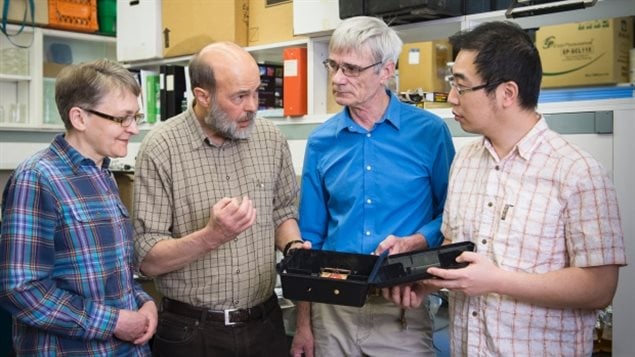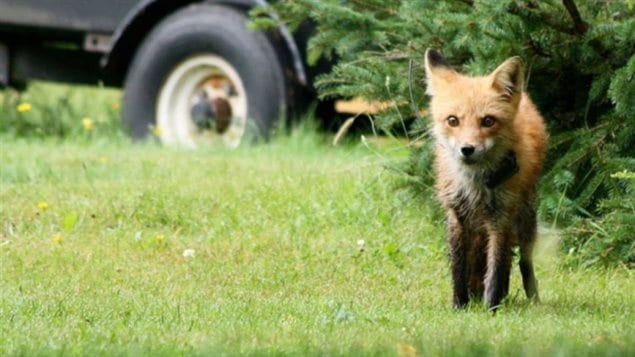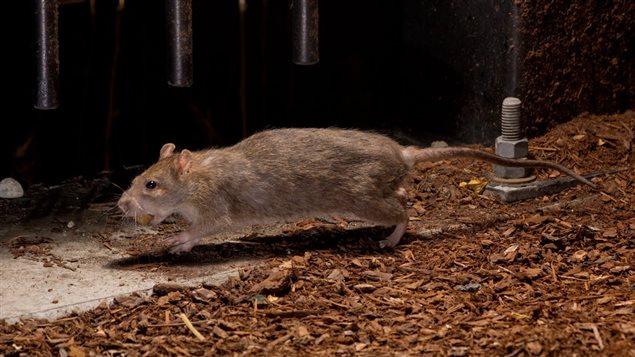It’s the proverbial better mousetrap, or in this case, rat trap.
Actually this new sophisticated rat trap will feature sex, food, and the crying sound of baby rats to attract both male and female victims.
The new rat trap is close to finalization after lab and field research by university developers in British Columbia.
Gerhard Gries (PhD) is a professor in the Department of Biological Sciences at Simon Fraser University, and holds a Natural Science and Engineering Research Council of Canada (NSERC) industrial research chair in multi-modal animal communication ecology.
Listen
The brown rat, or Norway rat, is second only to humans in their successful spread around the world. In fact the brown rat has learned to live extremely successfully alongside humans, and equally successfully to avoid human efforts to get rid of them.
The rats spread disease, cause extensive crop loss, can cause extensive damage to other animals such as seabird populations, and threaten other animal species.
But because they’ve evolved with humans, they’ve also become very wary of human traps.
SFU biologists Gerhard Gries, Stephen Takács and Regine Gries, research chemist Huimin Zhai have been working on getting around the rats natural fears by sophisticated deception.
First they developed a bait food that has the odours of several different foods attractive to rats, developed with the help of graduate student Antonia Musso.

Then after further exhaustive research they’ve isolated the male rat sex pheromone, which they can use to entice females toward the trap. Attracted by the food smell, the female then smells the male presence, reducing natural fear of “something new” because apparently another rat was already there.
The third aspect is audio, creating sounds like rat pups calling out. But as professor Gries points out, the rats are smart enough to “smell a rat” if the vocalizations were simply repetitive. Along with Pawel Kowalski in SFU’s Science Technical Center, they built an electronic gadget with an algorithm the varies the calls and also the intervals of the vocalizations.
That particular aspect of research was published in the journal Pest Management Science (abstract here)
The main research effort was published last week in the science journal, Angewandte Chemie, International Edition, entitled “The Sex Attractant Pheromone of Male Brown Rats: Identification and Field Experiment” (abstract here)
Professor Gries says it will take about two more years before both professional and consumer models are available.
The research is funded through NSERC and industrial partner Scotts Canada Ltd., which holds the rights to commercialize the research findings. Professor Gries says in spite of the high-tech nature of these traps, they should not be prohibitively expensive in either professional or consumer models.

Don’t wash your spring (snap) traps
He says that in the meantime, if using traditional spring traps, do not wash or clean them if they have already killed a mouse or a rat. He says there will be traces of the animal odour on the trap that will help attract another victim.
As a final point, he notes that rat poison can eventually kill the rat, but it first will weaken it making it easier pray for predators, or for carrion eaters. The animals like foxes, eagles, crows etc., then may also be killed painfully. He says with the quick kill type trap, there is no danger of unwanted additional animal deaths. He also notes that because of the efficiency of the trap, no “danger” information can be transferred back to other rats and so no learning effect is passed on to subsequent generations, thereby maintaining the effectiveness of the trap.







For reasons beyond our control, and for an undetermined period of time, our comment section is now closed. However, our social networks remain open to your contributions.